What Brits pay for electricity compared to other countries
Discover where you stand in the great global electricity squeeze

NMStudio789/Shutterstock
Shocked at what you're paying to power your home? Household electricity prices vary dramatically around the world – and while some domestic customers are facing exorbitant costs, others are enjoying relatively cheap rates.
Read on to find out how electricity prices vary in 32 countries around the world, starting with the most affordable.
Figures used are from an overview of average domestic prices per kWh from March 2024 compiled by GlobalPetrolPrices.com. Though rates have fluctuated, the round-up offers a useful benchmark to gauge where your nation ranks in the international electricity price spectrum.
All dollar amounts in US dollars.
Iran: $0.002 (£0.002)

FotoKon/Shutterstock
Iran has the lowest residential electricity prices in the world at a minuscule $0.002 (£0.002) per kWh on average. These low prices are largely thanks to the country's bountiful resources of oil and natural gas, which allow the country to produce its energy domestically instead of relying on expensive imports. In fact, 95% of the Islamic Republic's electricity is generated from its fossil fuels. On top of this, electricity is heavily subsidised in the nation to keep prices at rock bottom.
However, Iran is currently experiencing an energy crisis, reportedly due to mismanagement, with widespread blackouts occurring throughout the country. It's thought these will likely worsen due to an ongoing lack of investment in the energy sector, something that could be compounded if Iran's conflict with Israel intensifies.
Argentina: $0.02 (£0.015)
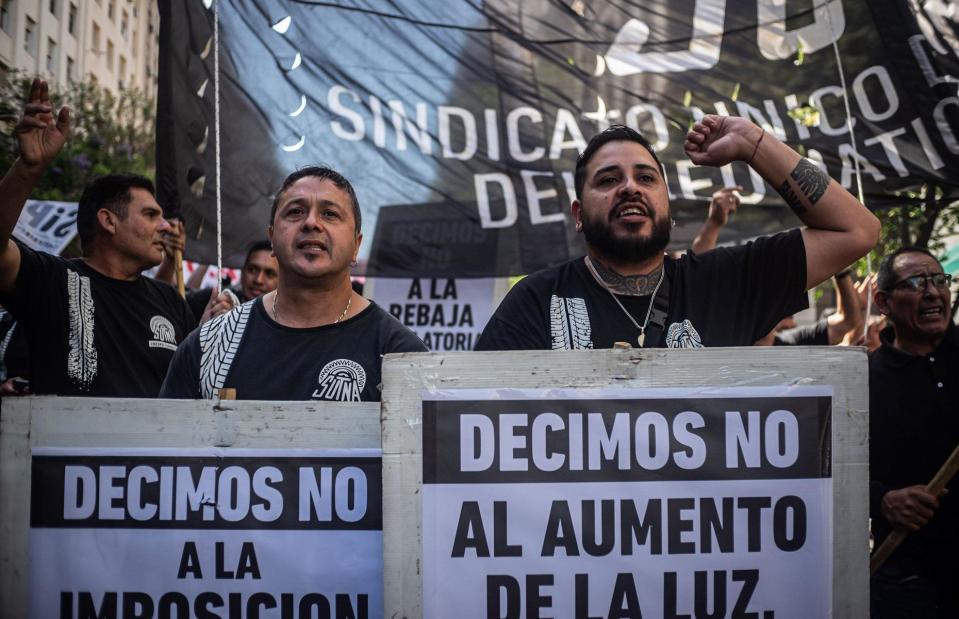
ZUMA Press, Inc./Alamy
As of March, the typical household electricity price per kWh stood at just $0.02 (£0.015) in Argentina.
Like Iran, Argentina is blessed with abundant energy resources. For instance, the Latin American nation boasts the world's second-largest reserves of shale gas and fourth-biggest shale oil reserves. Energy is also subsidised, which has kept prices low for two-thirds of customers.
However, President Millei's government, which is engaging in economic shock therapy in a bid to reduce the fiscal deficit, has been slashing subsidies of late. This means many Argentinians will be paying significantly more for their electricity in the future, a move that has sparked protests.
Malaysia: $0.054 (£0.04)
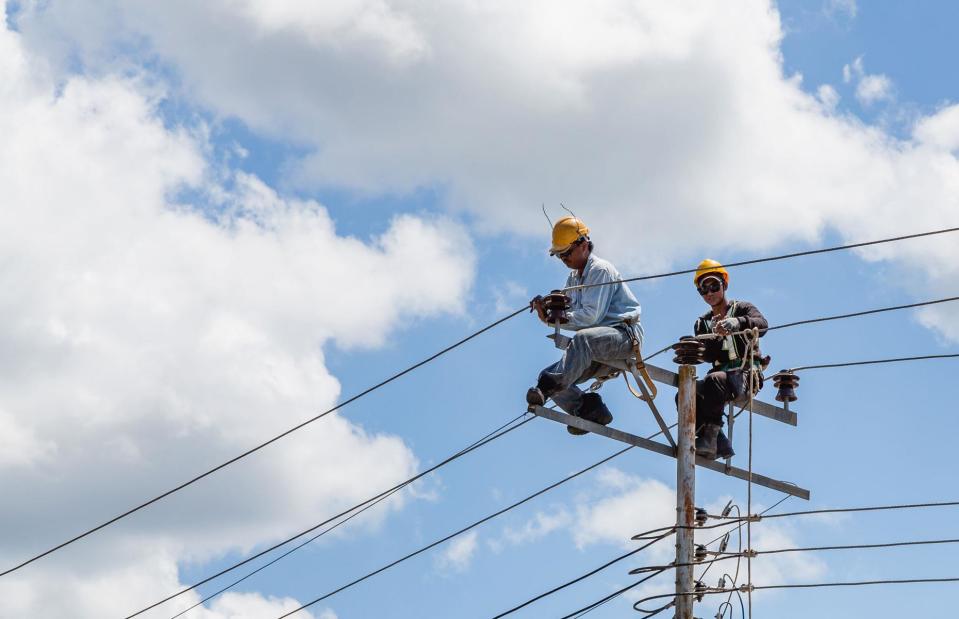
hain.tarmann/Shutterstock
When it comes to electricity, Malaysian households pay only $0.054 (£0.04) per kWh on average.
Malaysia is among the largest oil and natural gas producers in the Asia-Pacific and also mines huge quantities of coal. While plans are in place to derive more of its power from renewable sources, most of the nation's electricity is generated from its fossil fuels, keeping prices low. Electricity is extensively subsidised, though the government has recently reduced support for wealthier customers.
Russia: $0.058 (£0.043)
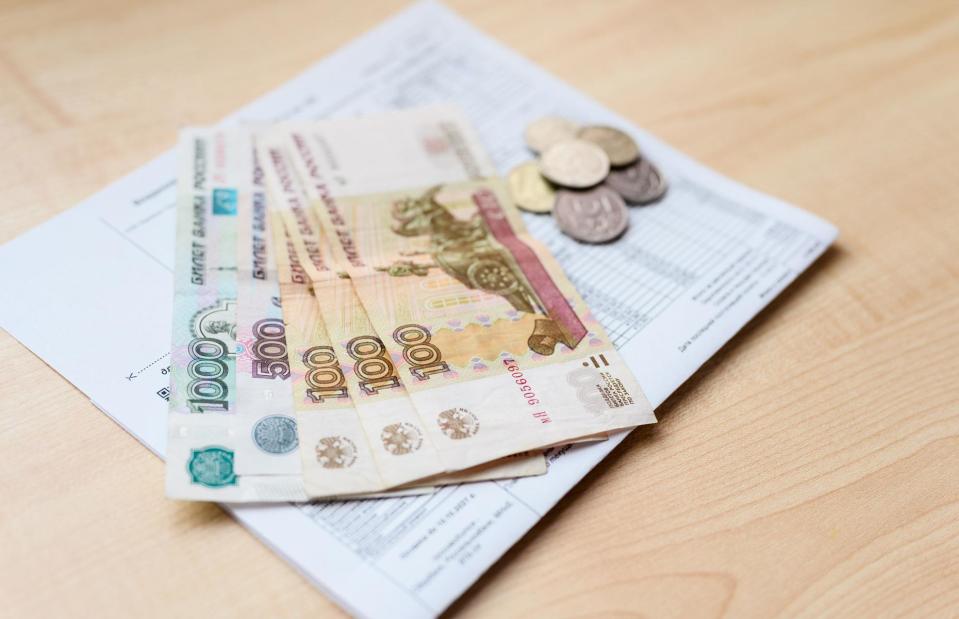
Nikita Burdenkov/Shutterstock
Russian residential customers enjoy inexpensive electricity prices, with the average cost per kWh a mere $0.058 (£0.043).
Russia is incredibly rich in fossil fuel resources, which translates to super-affordable bills for its population. Other factors keeping prices low include cheaper personnel costs and generous government subsidies.
India: $0.077 (£0.058)

ANUJA SHARMA/Shutterstock
For domestic customers, electricity typically costs an average of $0.077 (£0.058) per kWh in India.
While the typical price seems exceedingly affordable, especially to Europeans and those in other countries who pay a lot more, it should be significantly lower, according to India's National Herald newspaper. India is by far the cheapest producer of electricity from coal, solar and wind sources in the entire Asia-Pacific region, but “inefficiency and malpractices” in the country's retail power distribution companies bump up costs for households.
China: $0.078 (£0.058)
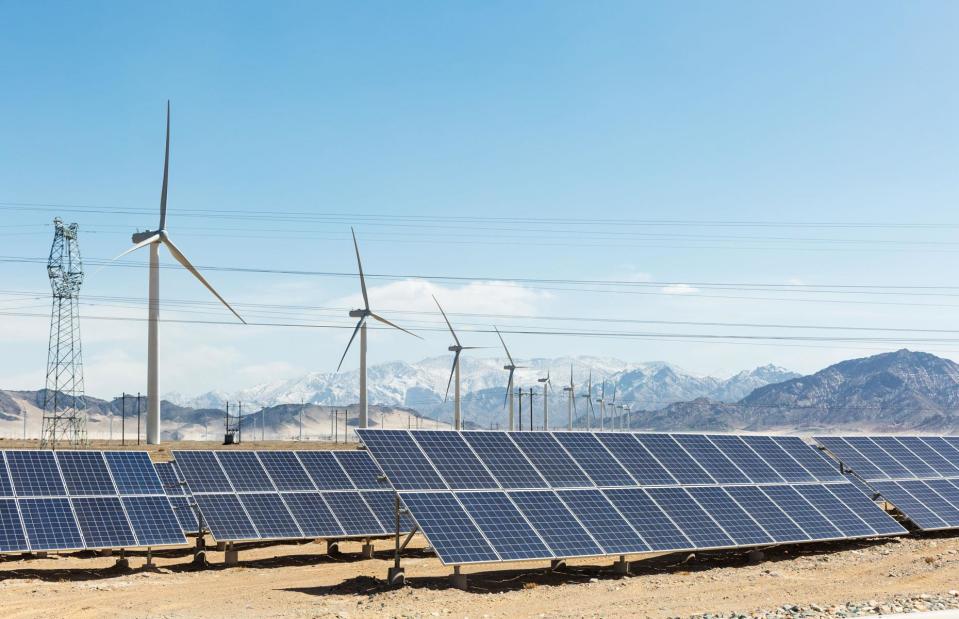
chuyuss/Shutterstock
China's residential electricity cost per kWh is $0.078 (£0.058), a shade above India's figure. The typical price does however jump to $0.156 (£0.135) in Macao and $0.181 (£0.116) in Hong Kong.
Interestingly, according to recent reports, electricity prices have gone negative in parts of the country. With China building twice as many wind and solar facilities as all other nations combined, renewable power is overwhelming the grid. Thankfully, this is enabling China to reduce its reliance on coal. In May, the percentage of its electricity generated from polluting fossil fuels fell to a record low of 53%.
UAE: $0.08 (£0.06)
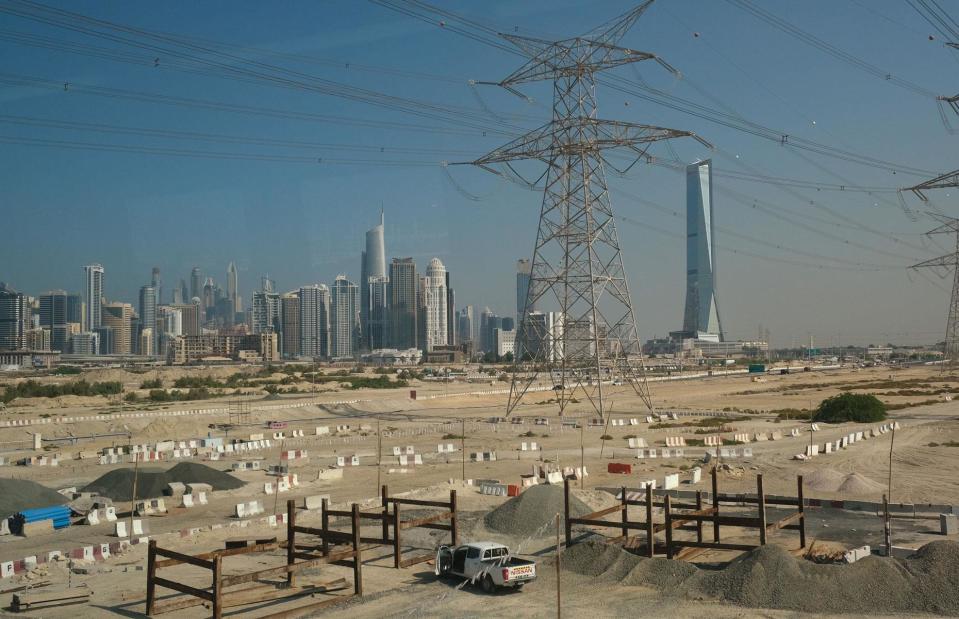
Sean Gallup/Getty Images
The average electricity price per kWh for households in the UAE is $0.08 (£0.06). The UAE is a major producer of fossil fuels, which account for 72% of its electricity generation. The government offers subsidies to low-income households, which help keep the average price low, though state assistance has been vastly reduced in recent years.
That said, electricity consumption is extremely high in the Middle Eastern country for a number of reasons. In particular, the cost of running air conditioning systems can lead to large energy bills.
Mexico: $0.1 (£0.075)
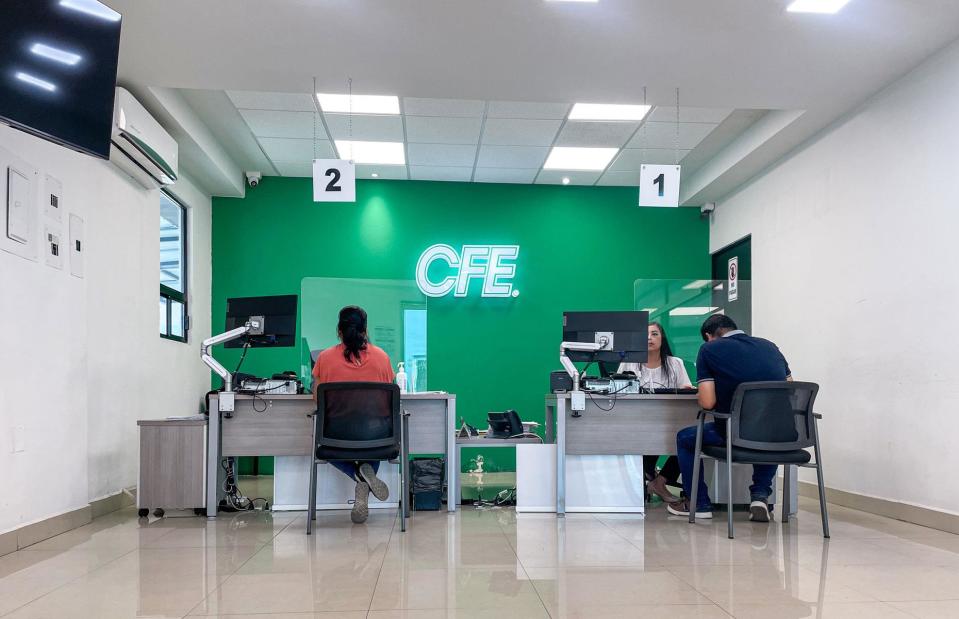
JRomero04/Shutterstock
Mexican households pay an average of $0.1 (£0.075) per kWh, a lot less than their counterparts in the USA.
While Mexico's electricity generation is based on imports of natural gas, which would normally equate to higher prices for the consumer, it's supplied in its entirety by CFE, a state-owned company. Prices are set by the government, which subsidises the resource in a number of ways, with discounts for homes that conserve power and for those in parts of the country with sweltering summers and relatively cold winters.
Canada: $0.126 (£0.095)

Derek Robins/Shutterstock
Canada has very low domestic electricity costs for a developed country, averaging at just $0.126 (£0.095) per kWh.
That said, prices differ widely across the nation. They are highest in provinces such as Alberta that rely on natural gas to generate electricity, lack adequate capacity and have an open, unregulated market. Conversely, prices are low in provinces that generate much of their electricity from hydropower sources, with bills in Quebec, which strictly regulates prices, the cheapest by a long shot.
Brazil: $0.154 (£0.115)

Jose Luis Stephens/Shutterstock
The cost of electricity per kWh is comparatively affordable for Brazilian households at $0.154 (£0.115), though prices are on the expensive side in relation to incomes, despite subsidies for lower-income customers.
Hydropower is the country's major source of electricity, which helps keep prices on the low side. However, they have risen in recent months as the ongoing drought in the north of the country has significantly reduced hydroelectricity generation.
Chile: $0.174 (£0.13)
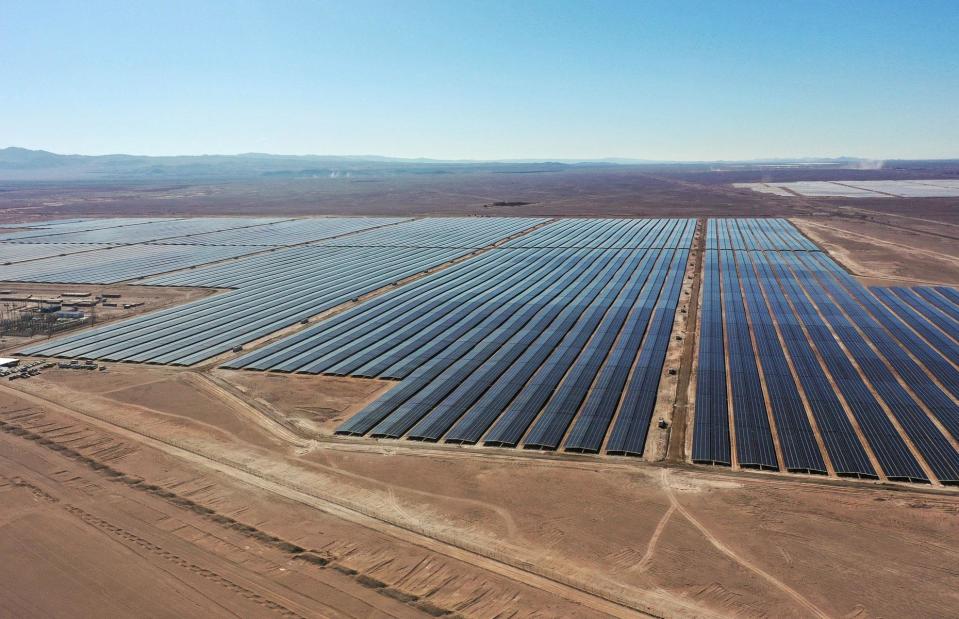
PABLO ROJAS/AFP via Getty Images
Staying in South America, the average cost per kWh in Chile for domestic customers is $0.174 (£0.13). Costs have increased this year as a four-year price freeze, introduced following the social protests of 2019, ended.
On the bright side, Chile is now the number one nation for solar energy consumption, according to a recent report by Our World in Nature. And since electricity produced from renewable sources is now cheaper than energy derived from fossil fuels, prices should hopefully decline in the future.
USA: $0.184 (£0.138)

Stock Connection Blue/Alamy
Americans typically pay $0.184 (£0.138) per kWh of electricity, considerably less than residential customers in many developed countries. However, prices have risen markedly in the past few years. According to UK government research, they leapt by 23% between 2021 and 2022, and 4.8% from 2022 to 2023.
Still, Europeans look on with envy at America's far more affordable electricity costs. Prices are lower in the US for a whole host of reasons, from America's status as a major energy producer to factors such as lower taxes and surcharges and fiercer competition.
Peru: $0.187 (£0.14)
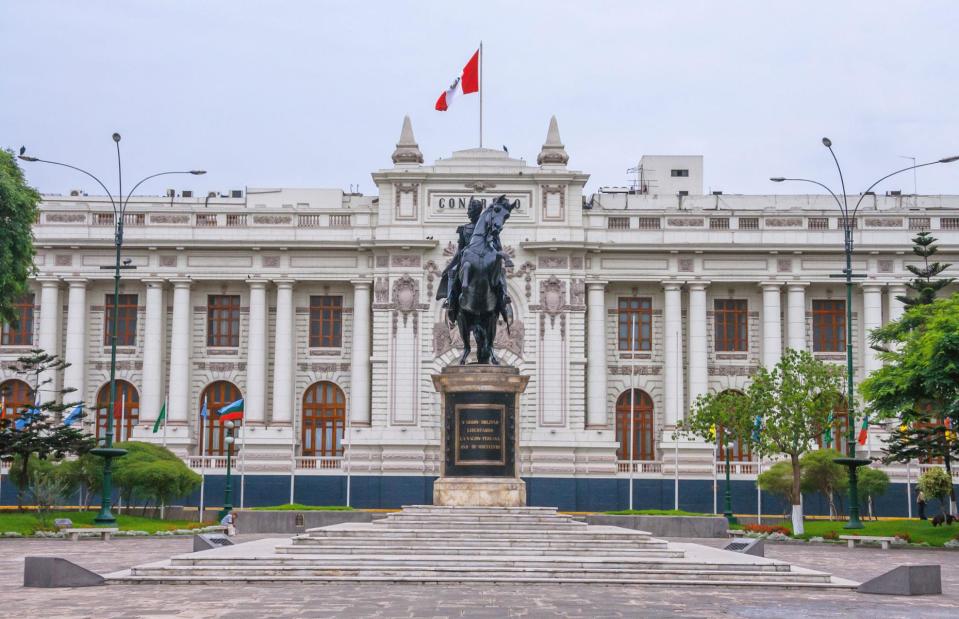
Milton Rodriguez/Shutterstock
The average cost of residential electricity is $0.187 (£0.14) per kWh for customers in Peru, which is rather high for a Latin American nation.
In a bid to address the high prices, which are set to rise further, as well as promote renewables and attract investment, the Ministry of Energy and Mines (Minem) is seeking to open up the electricity market to competition, with a bill currently working its way through the Peruvian Congress.
South Africa: $0.191 (£0.143)

Bruce Smyth/Shutterstock
At an average of $0.0191 (£0.143) per kWh, household electricity is relatively expensive in South Africa, considering it's a developing country. Between 2007 and 2022, bills skyrocketed by 450%, well above inflation, and the typical South African spends a hefty 10.7% of their income on the resource.
Eskom, the state energy company, is drowning in debt. It has struggled amid mushrooming service costs brought about by ailing infrastructure, insufficient capacity, illegal connections, corruption, and theft. While the regular load-shedding power cuts that have plagued the country since 2007 have abated somewhat, customers are still dealing with unpredictable power supply while bills continue to shoot up.
Philippines: $0.202 (£0.151)
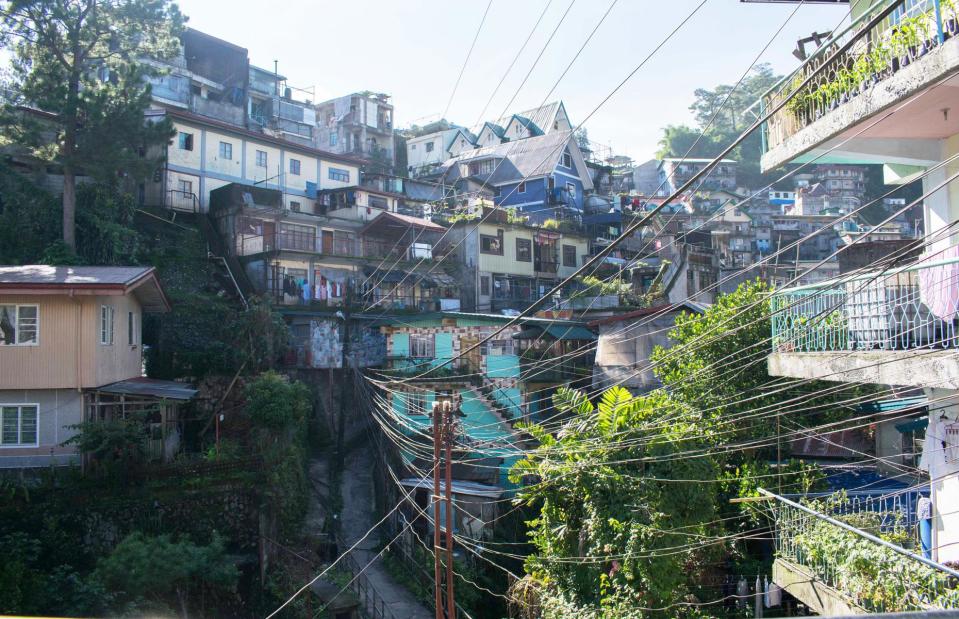
Chema Grenda Cuti/Alamy
Residential customers in the Philippines pay some of the highest electricity bills in the developing world, coming in at $0.202 (£0.151) per kWh on average.
Households in the country face high electricity rates due to various factors, including a lack of government subsidies and power companies' over-reliance on imported fuels. According to the Cebu Daily News newspaper, the government aims to address these issues through the Philippine Energy Plan 2030-2050, which focuses on increasing renewable energy sources and exploring nuclear power.
Colombia: $0.211 (£0.158)
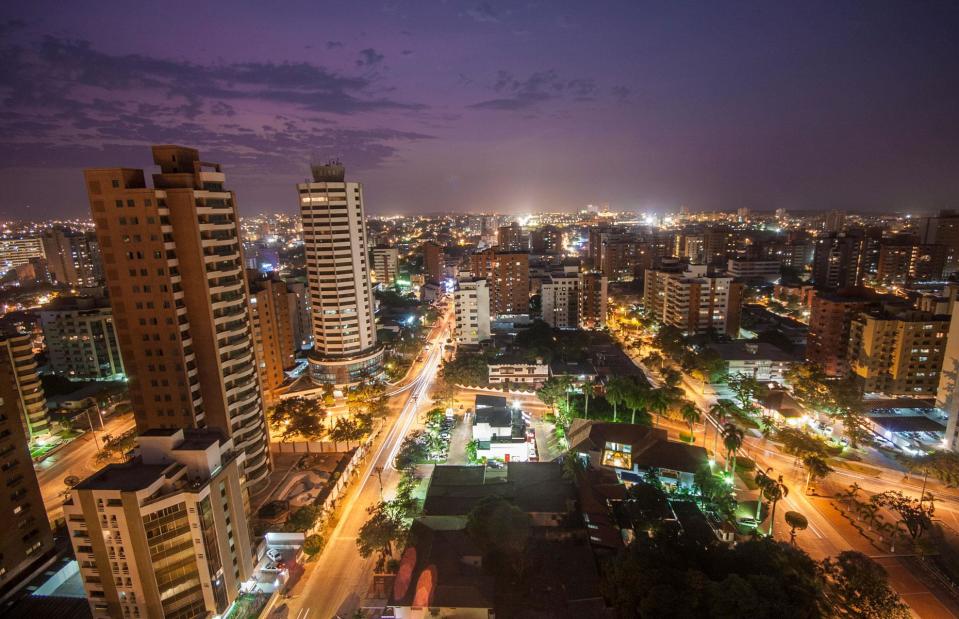
oscar garces/Shutterstock
Household electricity costs in Colombia are the highest in South America, with the average price per kWh at $0.211 (£0.158).
The issue is especially acute along the nation's Caribbean coast. Customers there pay considerably more than those in other regions. They endure regular power cuts too. According to news website ColombiaOne, the poor service and high costs are the consequences of years of underinvestment in infrastructure and energy theft, among other factors. Fortunately, the government recently announced that it had negotiated a 20% price reduction in the region, providing much-needed relief to long-suffering residents.
New Zealand: $0.22 (£0.164)

zhu difeng/Shutterstock
New Zealanders pay $0.22 (£0.164) per kWh of electricity typically, which is on the low side for a developed nation.
Factors that contribute to this comparative affordability include the fact 82% of the country's electricity comes from renewable sources such as hydro and geothermal. However, prices have spiked in recent months due mostly to below-normal rainfall, reducing generating capacity in the nation's hydro facilities. Associate Energy Minister Shane Jones has also accused energy companies of rampant profiteering.
Japan: $0.221 (£0.165)
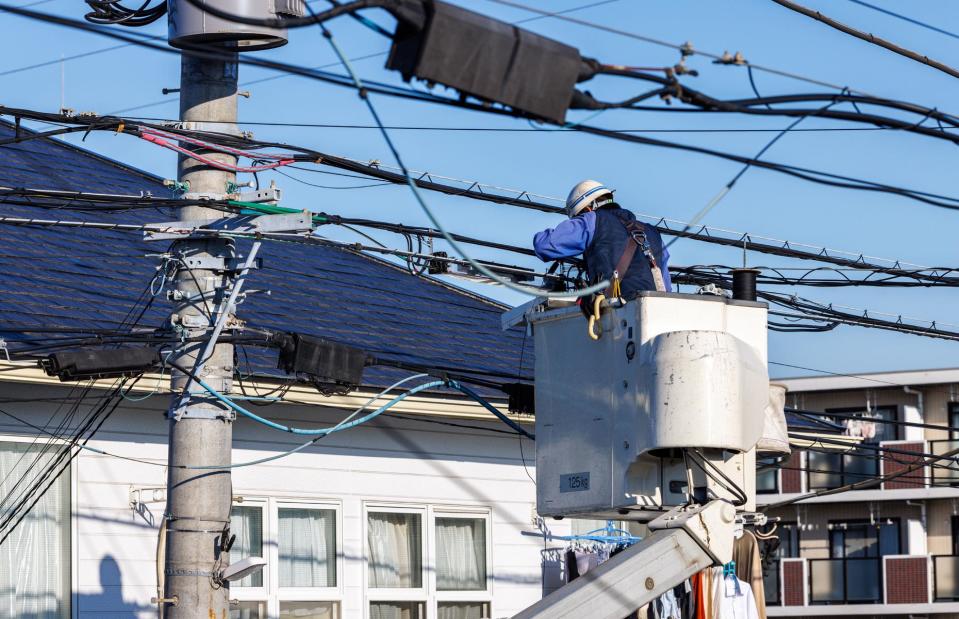
captainX/Shutterstock
Residential customers in Japan pay a little more per kWh on average than those in New Zealand, with the typical cost coming in at $0.221 (£0.165).
Prices have increased of late, primarily as a result of the depreciating yen – the country is massively dependent on imports for its energy. According to newspaper The Japan Times, the government has responded by introducing temporary subsidies of $0.027 (£0.021) per kWh of electricity in an effort to reduce the strain on households.
Spain: $0.226 (£0.169)

stu.dio/Shutterstock
Spain's residential electricity cost per kWh comes in at $0.226 (£0.169). According to UK government research, the typical price including taxes rose by almost 25% between 2021 and 2022 but fell 20% between 2022 and 2023.
Prices have dropped further over the past few months, as highlighted by UK publication The Economist. Courtesy of the explosive growth of solar power in the famously sun-kissed nation, wholesale electricity prices have fallen to almost zero during the sunniest times of the day.
Singapore: $0.254 (£0.19)

GRANT ROONEY PREMIUM/Alamy
The typical residential electricity cost per kWh is $0.0254 (£0.19) in Singapore, which is substantially higher than that of its neighbours Malaysia and Indonesia.
Singapore lacks natural resources and has limited land area for renewable energy development, so it must import its energy. The country also doesn't subsidise electricity. According to the nation's Energy Market Authority, this is to incentivise consumers to use electricity efficiently and avoid wasteful consumption. However, low-income households do get some help via the Utilities-Save (U-Save) scheme.
Netherlands: $0.266 (£0.199)

Maarten Zeehandelaar/Shutterstock
Dutch households pay an average of $0.266 (£0.199) per kWh of electricity. According to UK government research, prices including taxes surged by almost 190% between 2021 and 2022 amid the onset of the war in Ukraine but fell back around 35% between 2022 to 2023 following the introduction of a price cap.
Residential prices have fallen further this year in tandem with drops in wholesale energy costs.
Australia: $0.273 (£0.204)
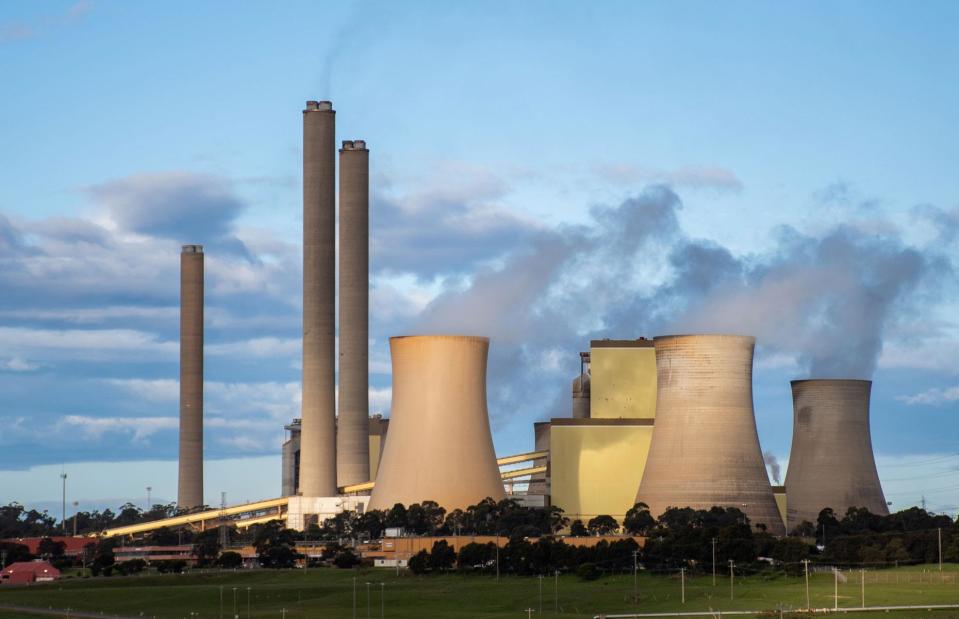
Daria Nipot/Shutterstock
Australia's average household electricity price per kWh comes in at $0.273 (£0.204). This is markedly higher than that of its neighbour New Zealand. While Australia has domestic energy security, it generates most of its electricity from fossil fuel sources despite excellent solar power potential, while New Zealand derives the bulk of its power from cheaper renewables.
Australia doesn't cap electricity prices for residential customers across the board, but the Default Market Offer (DMO) does put a ceiling on costs for households on standard retail plans in South Australia, New South Wales, and south-east Queensland. Other states and territories, such as Western Australia and the Northern Territory, either regulate prices or offer concessions to low-income customers.
France: $0.315 (£0.236)
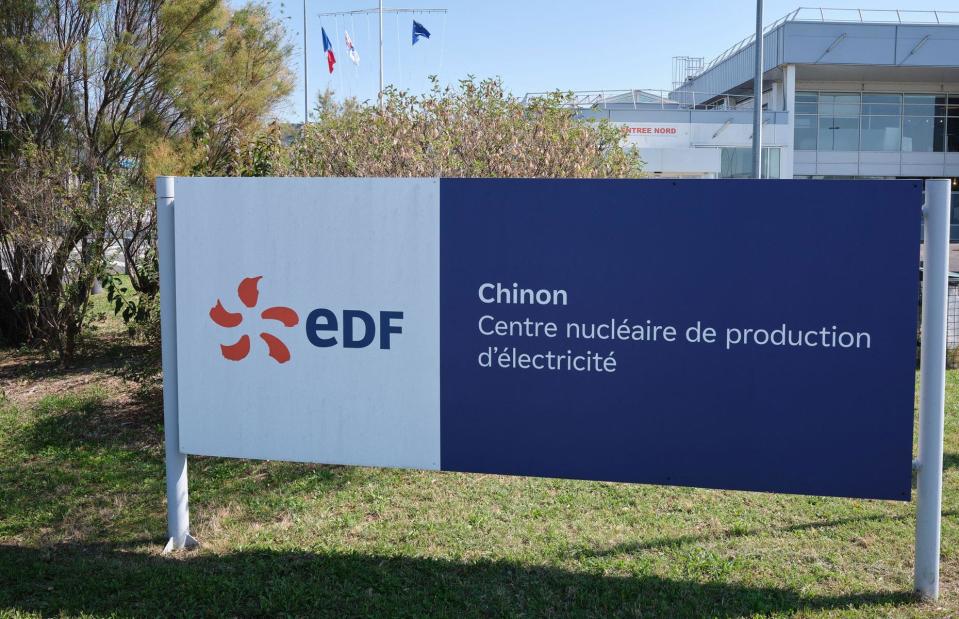
ADRIEN AUZANNEAU/Hans Lucas via AFP / Getty Images
French households pay an average of $0.315 (£0.236) per kWh of electricity. Costs have been historically low by European standards since France generates most of its electricity from nuclear sources. That said, prices including taxes rose by about 6% between 2021 and 2022 and almost 17% from 2022 to 2023, according to UK government analysis.
Wholesale prices have fallen significantly this year, even going negative at times, but price caps will remain in place until early 2025.
Austria: $0.36 (£0.269)

Trambitski/Shutterstock
For Austrian households, the cost of electricity per kWh averages $0.36 (£0.269). According to UK government research, the price including taxes increased by over 8% between 2021 and 2022 and around 24% through 2022 and 2023.
As is the case with many countries enduring higher energy costs as a result of inflation and the war in Ukraine, Austria has a price cap in place. It was scheduled to expire in March but has been extended until the end of the year.
Germany: $0.365 (£0.273)

imageBROKER GmbH & Co. KG/Alamy
German households pay slightly more on average for their electricity than their counterparts in Austria, with a typical price per kWh of $0.356 (£0.273).
Surcharges related to the shift to renewable sources and ditching of nuclear power, coupled with high inflation and Russia's invasion of Ukraine have sent electricity prices soaring in recent years – they increased by over a quarter between 2022 and 2023 alone. The German state did introduce a cap to assist households struggling with their utility bills, but it expired earlier this year.
UK: $0.368 (£0.275)

Monkey Business Images/Shutterstock
British companies pay the highest electricity costs in the world, according to a report in The Telegraph, while residential prices are the 26th highest in our round-up. The average electricity cost per kWh for British households as of March was $0.368 (£0.275), with factors like the war in Ukraine, supply shortages, and infrastructure issues all contributing to rising prices. The price including taxes rocketed by 51.5% between 2021 and 2022 and rose 18.5% through 2022 and 2023.
UK regulator Ofgem's price cap for households stood at $0.38 (£0.286) per kWh in March. It dropped back to $0.29 (£0.224) over the summer but has just been increased to $0.33 (£0.245).
Denmark: $0.384 (£0.287)
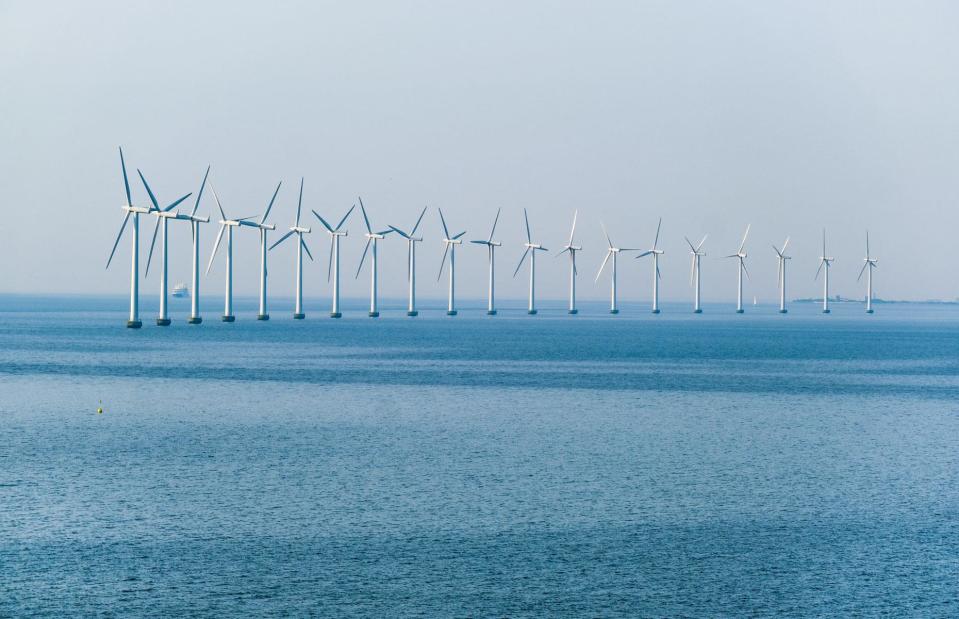
Redaktion93/Shutterstock
Danish residential customers pay $0.384 (£0.287) per kWh for electricity on average, with the vast majority of their power generated from renewable sources.
Danes have long paid higher bills partly due to sky-high taxes and levies to encourage sustainable energy production, though taxes were reduced last year, and price limits on district heating are being introduced. Electricity prices including taxes jumped by 70% between 2022 and 2023. Electricity remains expensive and is one of the biggest drivers of inflation in the nation.
Switzerland: $0.404 (£0.302)
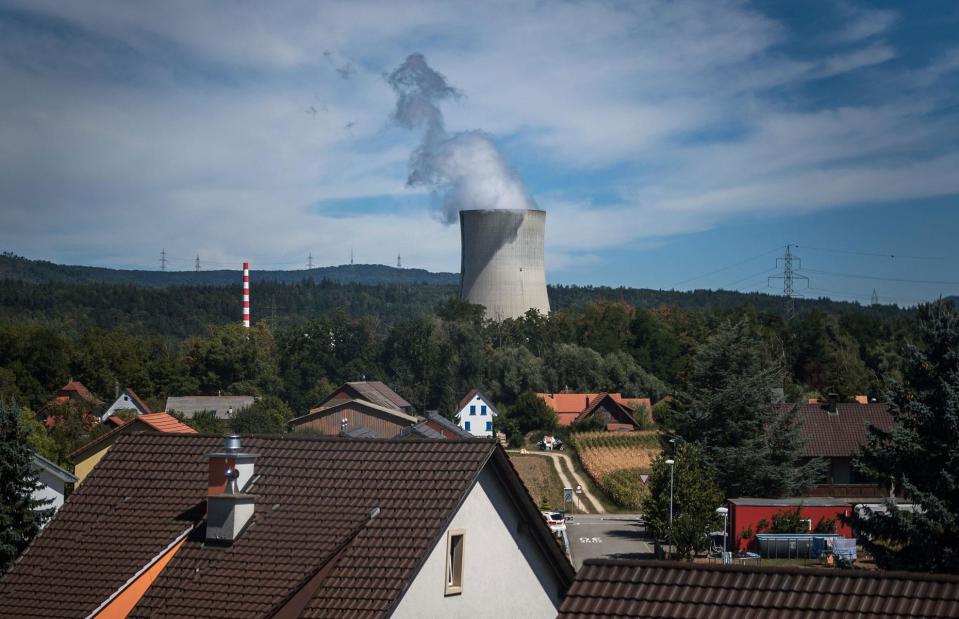
FABRICE COFFRINI/AFP via Getty Images
The typical cost per kWh of residential electricity is $0.404 (£0.302) in Switzerland, yet electricity prices in the country vary wildly depending on location. Households cannot choose their supplier, and prices are influenced by factors like generation methods and local taxes. Average costs including taxes rose by 9.1% between 2021 and 2022, and 33.3% through 2022 and last year.
The good news is that prices are set to fall by 10% across the board next year, according to the Federal Electricity Commission (ElCom), with lower wholesale costs being the prime reason.
Liechtenstein: $0.408 (£0.305)
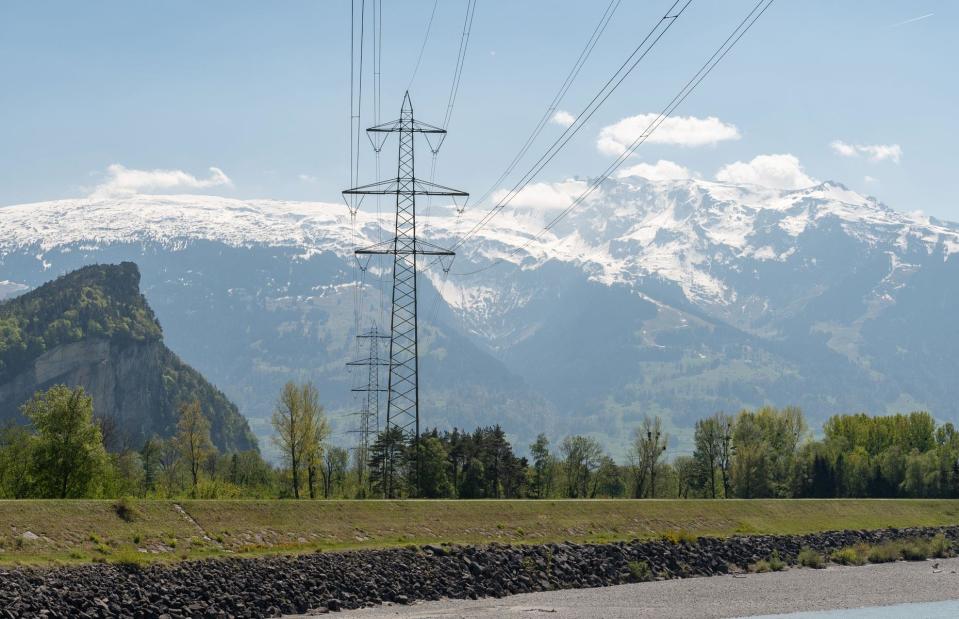
Robert Buchel/Shutterstock
Electricity in the tiny principality of Liechtenstein certainly isn't cheap, with the average cost per kWh $0.408 (£0.305).
Similar to Singapore, the tiny principality imports much of its energy (mostly from pricey Switzerland) and has limited scope for renewables due to its diminutive land area.
Ireland: $0.439 (£0.328)
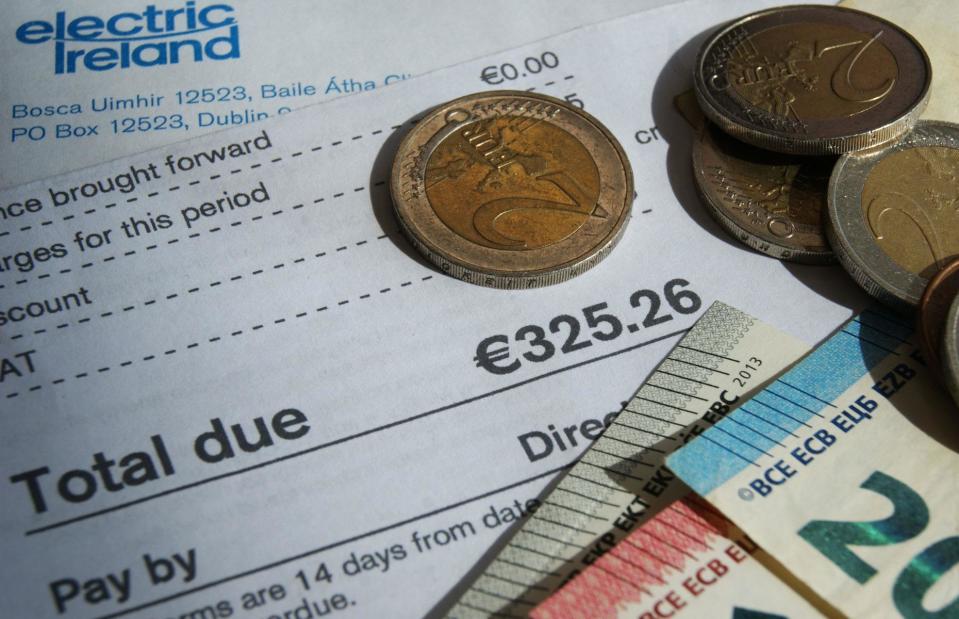
ABARONS/Shutterstock
Irish households pay an average of $0.439 (£0.328) per kWh of electricity. Prices including taxes increased by 16.6% from 2021 to 2022 and rose an additional 30.3% between 2022 and 2023.
The republic, which lacks the natural resources to produce its own electricity, doesn't have a price cap in place. But according to power expert Dr Paul Deane, the Irish government has paid out over $2.2 billion (£1.7bn) in emergency electricity credits since 2021 to help households deal with soaring costs. Plus a Household Benefits Package, which cuts the cost of electricity bills, is available to everyone over 70 and younger people receiving welfare benefits.
Italy: $0.457 (£0.341)

Zigmunds Dizgalvis/Shutterstock
Italy has the highest residential electricity costs in Europe, with the typical price per kWh a painful $0.457 (£0.341).
The country is enormously dependent on expensive imported liquefied natural gas for its electricity needs, hence the sky-high costs. The Italian government has, however, spent billions of euros on support measures to help take the edge off higher energy bills, including one-off payments and an electricity allowance for low-income families.
Bermuda: $0.458 (£0.342)

Gavin Hellier/Alamy
Bermuda is technically a British Overseas Territory, but we've included it in this round-up since it has the most expensive average residential electricity price in the world at a mega-steep $0.458 (£0.342) per kWh.
According to local newspaper The Royal Gazette, the small, isolated Atlantic archipelago has the priciest electricity for various reasons, including the need to ship in fuel, a lack of large power plants, a dearth of renewable energy facilities, and limited competition among electricity providers.
Now discover what the average person earns in different countries around the world